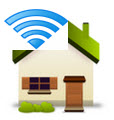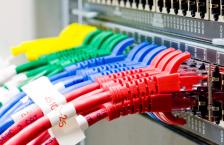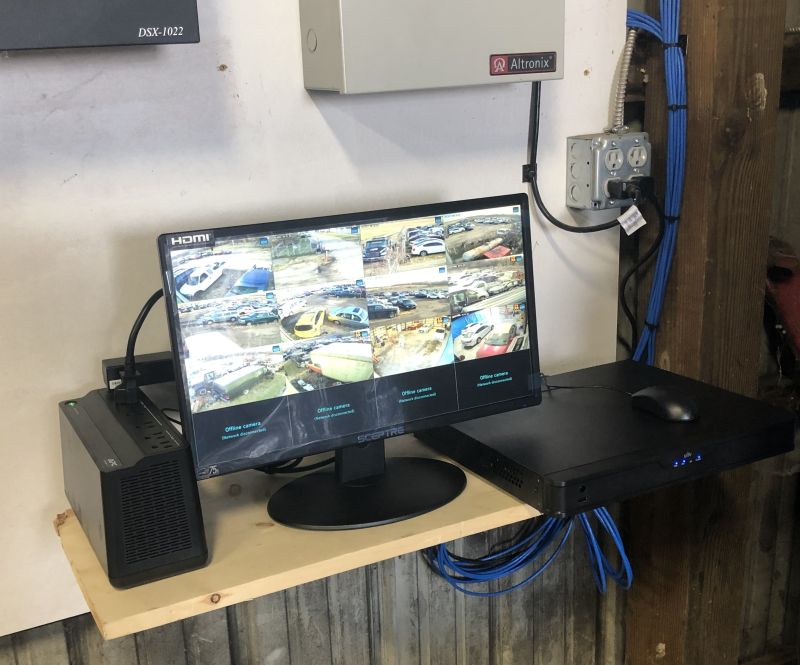In the digital age, where connectivity is the backbone of efficiency, Ethernet cables serve as the lifelines of our networks. These unassuming strands of copper or fiber are the conduits for our data, the very threads that weave together the fabric of the internet. As we delve into the intricacies of Ethernet cable frequencies, we uncover the profound impact they have on our daily digital interactions.
What is Ethernet Cable Frequency?
Ethernet cable frequency is the heartbeat of network communication. It is the measure of how many times a signal can oscillate within a second, denoted in hertz (Hz). Standard Ethernet cables operate within a spectrum of frequencies, typically ranging from 1 MHz to 1000 MHz. This frequency is not just a number; it is the defining factor that influences the speed, bandwidth, and overall reliability of your network.
Factors Influencing Ethernet Cable Frequency
Several elements can affect the frequency at which an Ethernet cable operates:
- Cable Length: The golden rule here is simple—the longer the cable, the more the signal degrades, which in turn lowers the frequency.
- Cable Quality: Premium cables are designed to support higher frequencies, thus enabling faster data transmission.
- Interference: The nemesis of signal clarity, electromagnetic interference from nearby devices, can diminish the frequency capabilities of a cable.
- Crosstalk: When cables are in close quarters, their signals may intermingle, leading to a phenomenon known as crosstalk, which can degrade the frequency.
The Impact of Frequency on Network Performance
The frequency of Ethernet cables is not just a technical specification; it is the cornerstone of network performance:
- Speed: Cables with higher frequencies can transmit data at lightning-fast speeds, propelling your downloads and uploads to new heights.
- Bandwidth: A higher frequency translates to a broader data highway, allowing more information to travel simultaneously, thus expanding bandwidth.
- Reliability: Cables with lower frequencies are more vulnerable to interference and crosstalk, which can cause network instability and reduced speeds.
Selecting the Ideal Ethernet Cable Frequency
Choosing the right Ethernet cable frequency is a balancing act that hinges on your specific network demands:
- Application: The nature of your digital activities—be it streaming high-definition videos or simply browsing emails—dictates the frequency you require.
- Cable Length: The distance your data needs to travel will influence the optimal frequency for your setup.
- Cost: Higher frequency cables often come with a steeper price tag, making budget a key consideration.
Conclusion
Ethernet cable frequency is a pivotal aspect of network design, one that demands careful consideration. By understanding the variables that influence frequency and its profound effects on network performance, you can make informed choices about the cables that form the backbone of your connectivity. Whether you’re a tech enthusiast or a seasoned IT professional, the right Ethernet cable frequency is crucial for a robust and efficient network tailored to your unique needs.






0